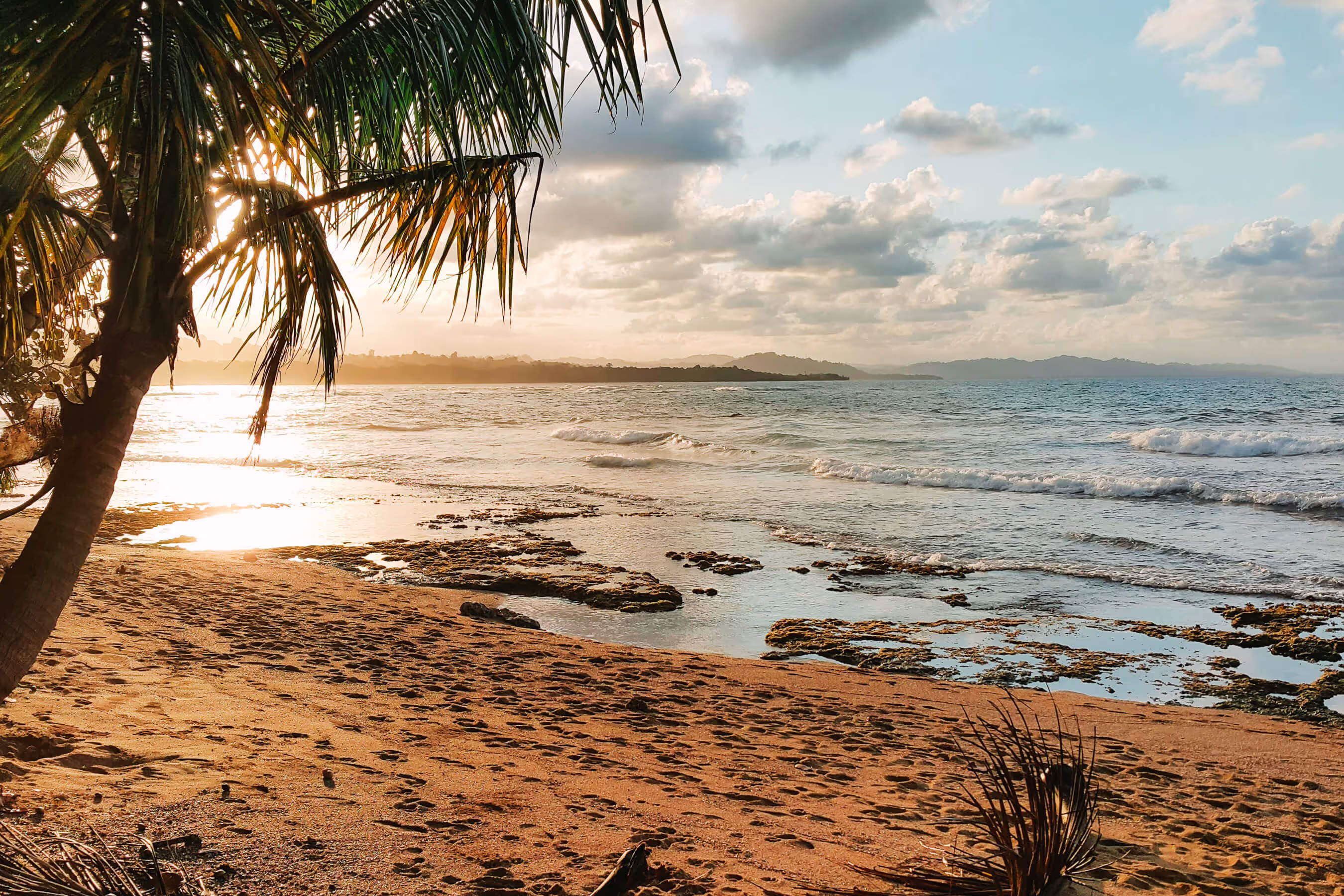FAQs

Common questions we've answered for a flawless trip to Costa Rica
The official currency is the Costa Rican Colón (CRC), though USD is also accepted in many places. It's best to carry some local currency, especially for small or remote establishments. Use reputable banks or exchange offices rather than hotels or airports for better exchange rates.
Both cash and cards are widely accepted. However, we recommend carrying both, as cash is often necessary in smaller towns. ATMs from reputable banks are readily available in most cities. For safety, avoid using ATMs in remote or poorly lit areas.
Notify your bank before your trip to avoid card issues and check for any foreign transaction fees. Keep money secure, consider splitting it between bags or using a money belt. Tipping is appreciated but not mandatory; some restaurants include a 10% service charge. Budget based on your travel style, tourist areas tend to be more expensive.
Research local customs, laws and any safety advisories before your trip. Keep valuables like passports and cash secure, use a money belt or hotel safe. Stay aware of your surroundings, especially at night or in remote areas and avoid walking alone in unfamiliar places.
Use authorized taxis or trusted transportation services and choose reputable companies if renting a car. Stay connected by informing someone of your travel plans and checking in regularly. Respect Costa Rica’s natural beauty by staying on trails, avoiding littering and not disturbing wildlife or plants.
Don’t miss staples like gallo pinto (rice and beans) and casado (a full plate with rice, beans, protein, salad, and plantains). Enjoy tropical fruits such as mango, papaya and pineapple and indulge in local desserts like tres leches and arroz con leche. Street food is also popular, offering empanadas, tamales and fresh coconut water.
Costa Rican cuisine reflects the relaxed Pura Vida lifestyle, with leisurely meals shared among family and friends. Tropical spices, Lizano sauce, and fresh ingredients are common. Regional variations include Afro-Caribbean flavors on the Caribbean coast and Nicaraguan influences in the northwest. The country is also known for its rich coffee culture, consider visiting a local plantation.
Costa Rica has three main international airports:
Juan Santamaría International Airport (SJO) near San José is the busiest and most connected, ideal for central and southern destinations.
Daniel Oduber Quirós International Airport (LIR) in Liberia is perfect for travelers heading to the Pacific coast and the northwest.
Limón International Airport (LIO) serves the Caribbean coast and is great for exploring its unique culture and ecosystems, though it's less busy than the others.
Most parks charge an entrance fee, which supports conservation. Fees vary, so plan ahead. Guided tours can greatly enrich your visit by offering insights into local wildlife and ecosystems. Stick to marked trails, follow regulations and always respect wildlife by observing from a distance. Prepare for changing weather with proper gear and prioritize safety by wearing sturdy footwear and informing someone of your plans. Early mornings are best for wildlife viewing and always practice “pack in, pack out” to help preserve the environment.
Costa Rica has a tropical climate with two main seasons: dry (December–April) and rainy (May–November). The dry season is ideal for outdoor activities, while the rainy season brings lush landscapes and afternoon showers. Weather varies by region and can change quickly due to microclimates, so pack accordingly. Essentials include lightweight clothing, sunscreen, insect repellent and sturdy shoes. For the rainy season, bring a rain jacket, waterproof footwear and quick-drying clothes. Stay flexible with your travel plans in case of weather-related changes.


